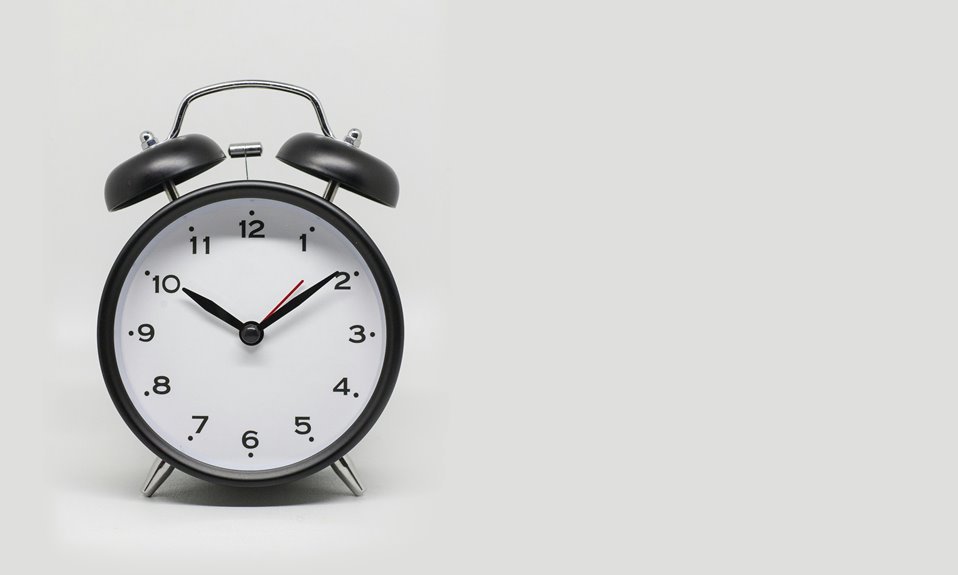The evaluation of missed calls at 658825312 during peak hours presents a significant opportunity for businesses to enhance customer engagement. By examining call volume trends, insights into customer behavior emerge, revealing critical periods of interaction. Understanding these patterns can inform strategic decisions regarding outreach and communication methods. However, the implications of this data extend beyond mere statistics, raising questions about the effectiveness of current practices and potential improvements in customer service.
Understanding the Importance of Missed Calls
Although often overlooked, missed calls serve as a critical indicator of communication efficacy and user engagement in both personal and professional contexts.
The missed call significance extends beyond mere statistics; it reflects customer response trends, hinting at areas for improvement. Acknowledging these calls can empower organizations to enhance their outreach strategies, ultimately fostering better relationships and preserving the freedom of choice in communication.
Analyzing Call Volume Trends
As organizations seek to optimize their communication strategies, analyzing call volume trends becomes essential for identifying patterns that can inform decision-making.
Identifying Patterns in Customer Behavior
How do customers’ interactions with businesses reveal underlying behavioral patterns?
Analyzing call back preferences during peak usage periods uncovers significant insights. Customers often exhibit distinct tendencies, indicating a desire for flexibility and timely responses.
This behavioral analysis not only highlights when customers are most engaged but also informs businesses about their expectations, ultimately shaping more effective communication strategies in response to observed patterns.
Strategies for Improving Communication Efficiency
To enhance communication efficiency, businesses must adopt targeted strategies that align with customer behaviors and preferences.
Implementing automated responses can significantly reduce wait times, ensuring immediate engagement.
Additionally, providing callback options empowers customers to choose when they wish to connect, respecting their time and enhancing satisfaction.
These strategies collectively foster a more responsive communication environment, ultimately driving customer loyalty and operational effectiveness.
Conclusion
The evaluation of missed calls at 658825312 during peak hours serves as a lighthouse, illuminating the path to enhanced customer engagement. By deciphering call volume trends and recognizing behavioral patterns, businesses can transform fleeting interactions into lasting connections. Implementing strategic communication improvements acts as a bridge, closing the gap between customer needs and organizational response. Ultimately, this analysis fosters a more responsive, efficient framework that not only satisfies but also nurtures customer loyalty in an ever-evolving marketplace.





